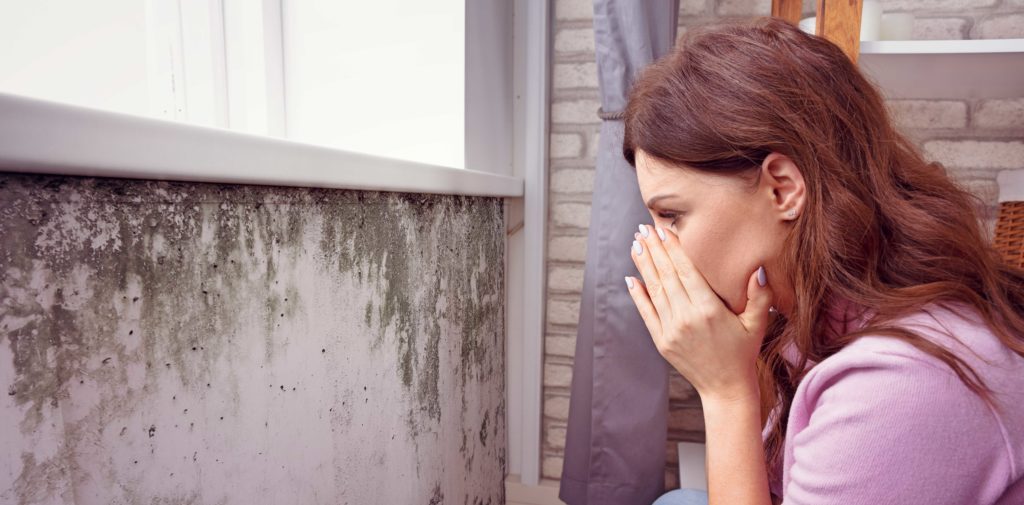The Different Types of Mold In Your Home in Springfield Missouri
When it comes to mold removal from your home, all molds are basically treated the same, but there are actually different types of mold species that vary in size and color and they have different ways they affect your body.
Mold is all around us every single day. It’s natural in our environment and we actually need it in our environment. Mold helps break down things like leaves when they fall from the trees. Without mold, we’d have leaves up to our eyeballs.
But mold should be outside and not growing inside your home. We all have some mold inside our homes and that’s normal. It becomes a problem when you have mold in your home in Springfield Missouri that is growing and the counts are higher indoors than they are outdoors. Mold starts growing inside your home because you have a hidden moisture source of some kind.
So, why are all the different types of mold in your home treated the same? Strict EPA guidelines for mold removal should be followed for every type of mold remediation. It doesn’t matter if you are dealing with toxic mold or allergenic mold. The goal is to remove as much of it as possible from the home and then treating the affected areas and any surrounding areas. To keep the mold from coming back, you need to eliminate the moisture source that was causing the mold growth. There are many other steps, but that’s the main mold remediation process.
Molds are treated the same during the mold removal process, but there are thousands of mold species and all can have different affects.
Allergenic molds are the most common found inside someone’s home. These kinds of molds such as Aspergillus, cause and produce allergies and allergic reactions, much like any other allergy can. Those with underlying conditions such as asthma can have a real problem with allergenic molds growing inside the home.
Pathogenic molds can cause infections in humans, especially those that are immune compromised. These molds can grow on or in human and animal tissues.
Toxigenic molds produce toxic substances that can lead to deadly health conditions. These are molds like Stachybotrys and Chaetomium. Stachybotrys is more commonly known as “black mold”. These molds are commonly produced by hidden leaks. These molds thrive in damp, wet areas, with a consistent moisture source such as high humidity levels, and plumbing leaks.
There are thousands of different mold species, each with unique characteristics. Some types of mold are more dangerous than others, but none of them should be growing inside your home.
If you suspect you might have a mold problem in your home, call the mold experts at Dog Gone Mold. Our certified mold inspectors will inspect your home and possibly sample your air quality. Whether the mold is dangerous or just annoying, it doesn’t belong there and we can give you the best plan for how to remove it.
